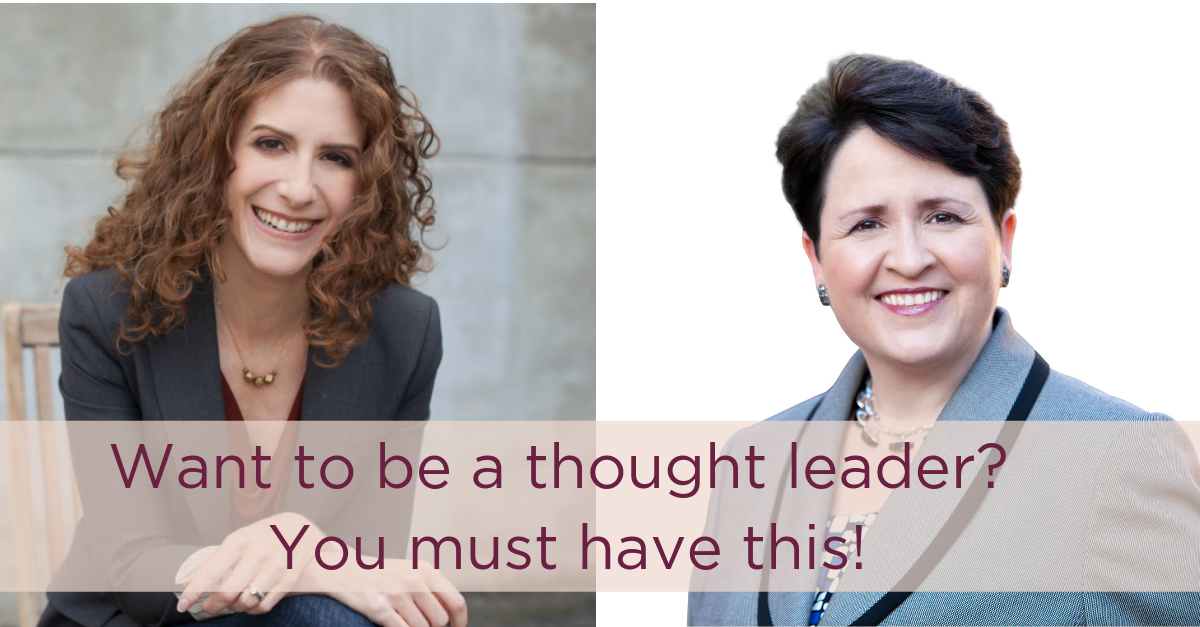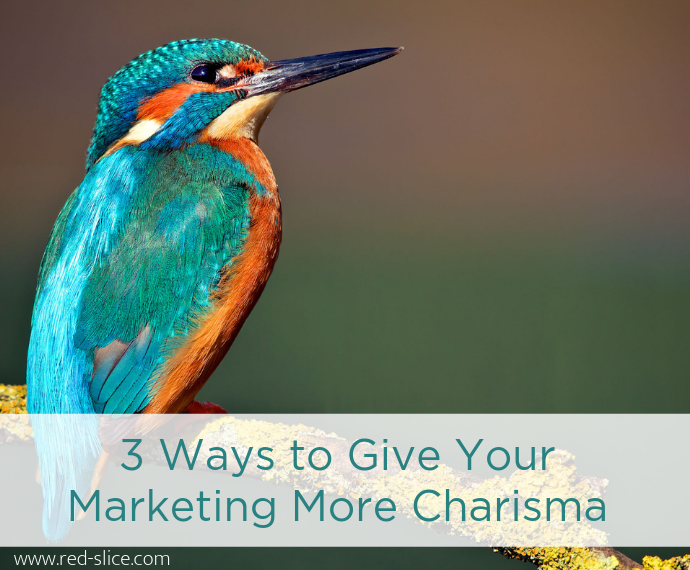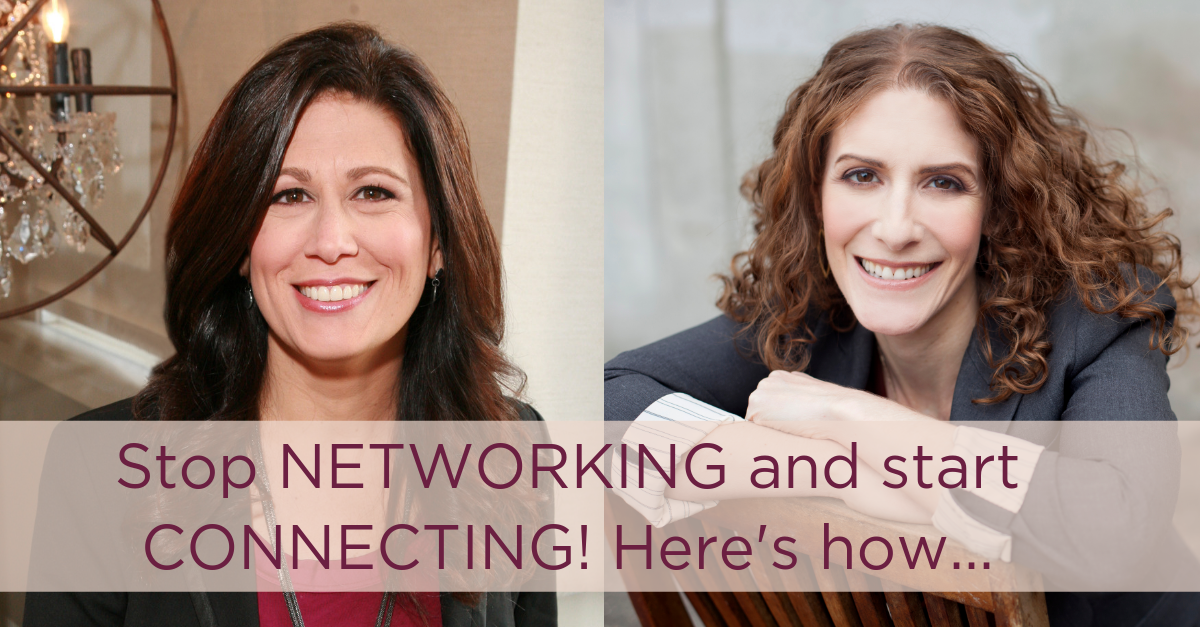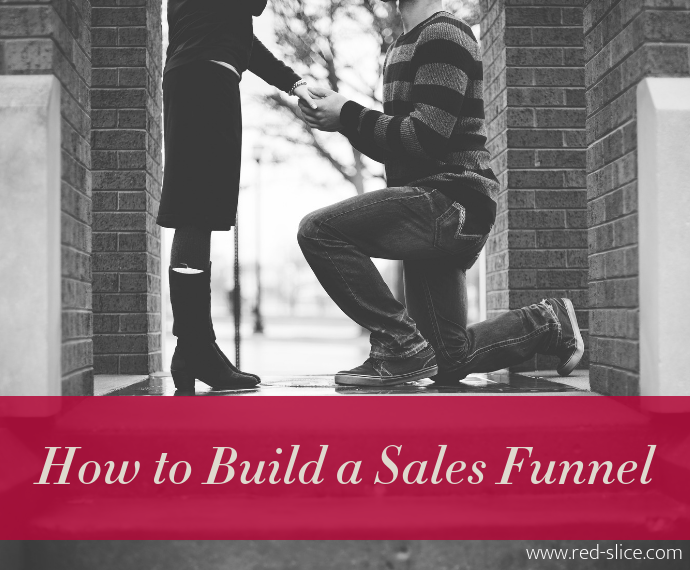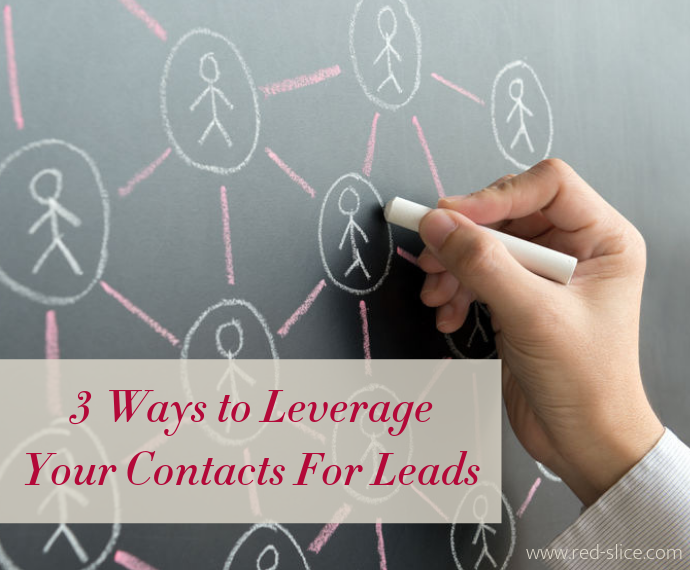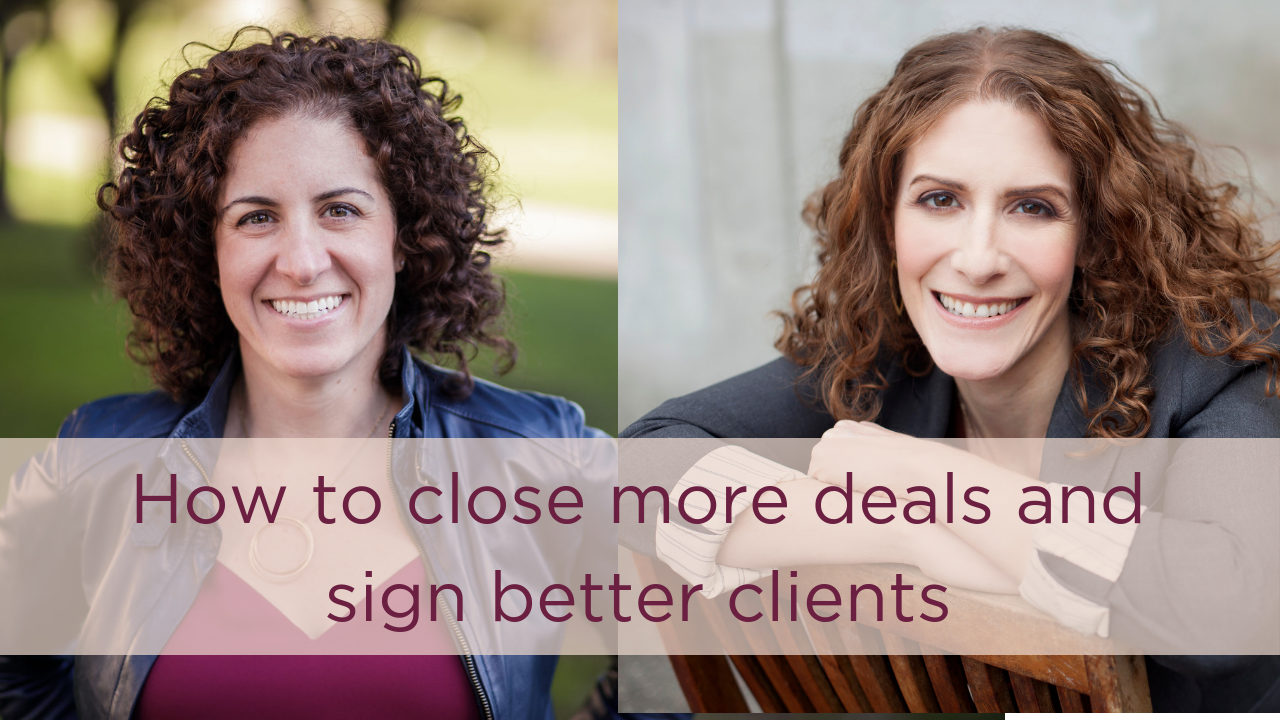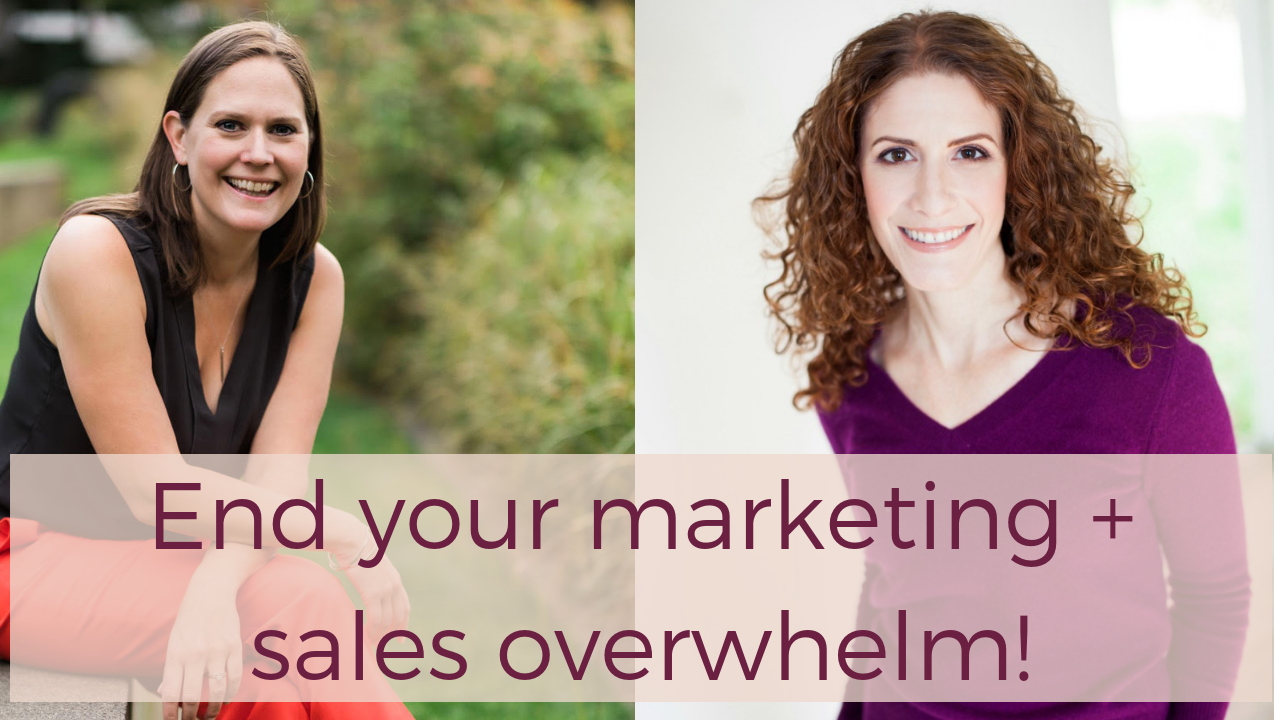In researching my forthcoming book, The Empathy Edge, I found ample evidence that empathy can make you a more successful leader,
But…why? And can it also impact your success as a thought leader?
Yes.
Today I’m interviewing Denise Brosseau, CEO of The Thought Leadership Lab, where she works with executives and entrepreneurs seeking to grow their influence. She’s the author of Ready to Be a Thought Leader, which you must read if your brand strategy includes boosting your visibility as a thought leader.
Denise has taught at Stanford Business School, co-founded both a trade association and the first VC conference for women entrepreneurs, known as Springboard, which has helped women raise over $8 billion. Denise has also been honored as a Champion of Change by the White House.
Or, more simply, Denise is a “thought leader about thought leadership”!
She has seen what it takes to be a strong, effective leader and to amplify your message for massive impact. And a critical component to that success? Empathy.
You will love this lively video interview packed with insights on how to sharpen your leadership (and thought leadership) skills… and if you watch one thing, watch the important distinction between thought leadership and being a visible expert!
Highlights include:
*Do successful leaders exhibit more empathy and how do they act on it? (3:21)
*Microsoft CEO Satya Nadella’s big faux pas in front of thousands of women…and how he responded with empathy and reflection (7:00)
*The difference between empathy and submission (9:12)
*The growth mindset – and why “changing your mind” as a leader is not a bad thing (10:55)
* Defining thought leadership and empathy’s crucial role in success (11:52)
* The importance of appealing to both sides of our brains to make change (14:31)
* What a thought leader really is…and is not! (16:55)
*Are there people who should not be thought leaders? And the important difference between being a thought leader versus a visible expert. So good! (18:40)
“We want leaders to mature, take in new information, ideas and perspectives and carefully consider them. If you’re not even listening and you’re still stuck in where you were when you were 25, I don’t know that you should be leading my organization!” – Denise Brosseau (TWEET THIS!)
Learn more about Denise and the Thought Leadership Lab
Take her LinkedIn Learning course, Becoming a Thought Leader (soon she’ll be adding a course about Thought Leading Organizations)
Connect with Denise on LinkedIn


